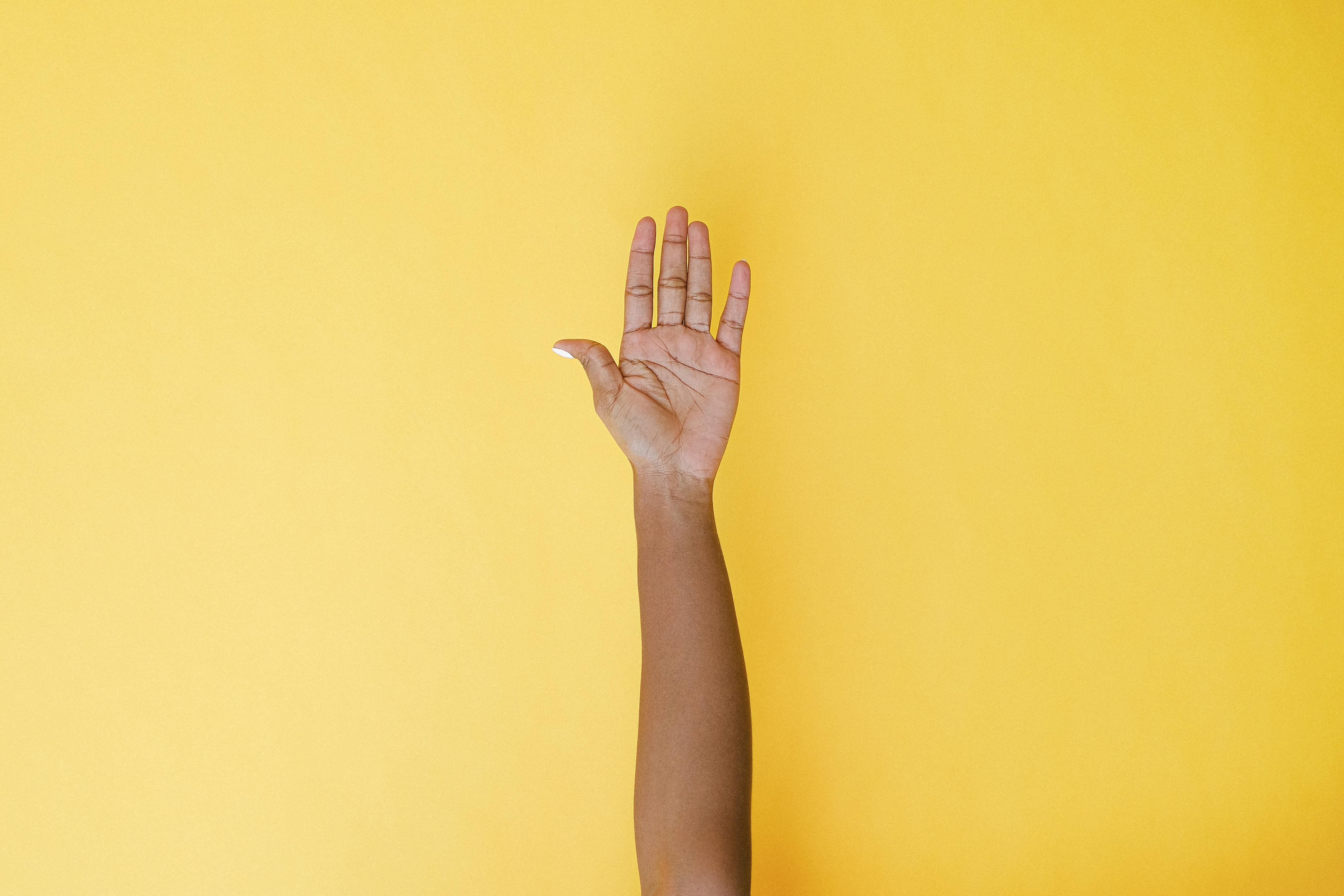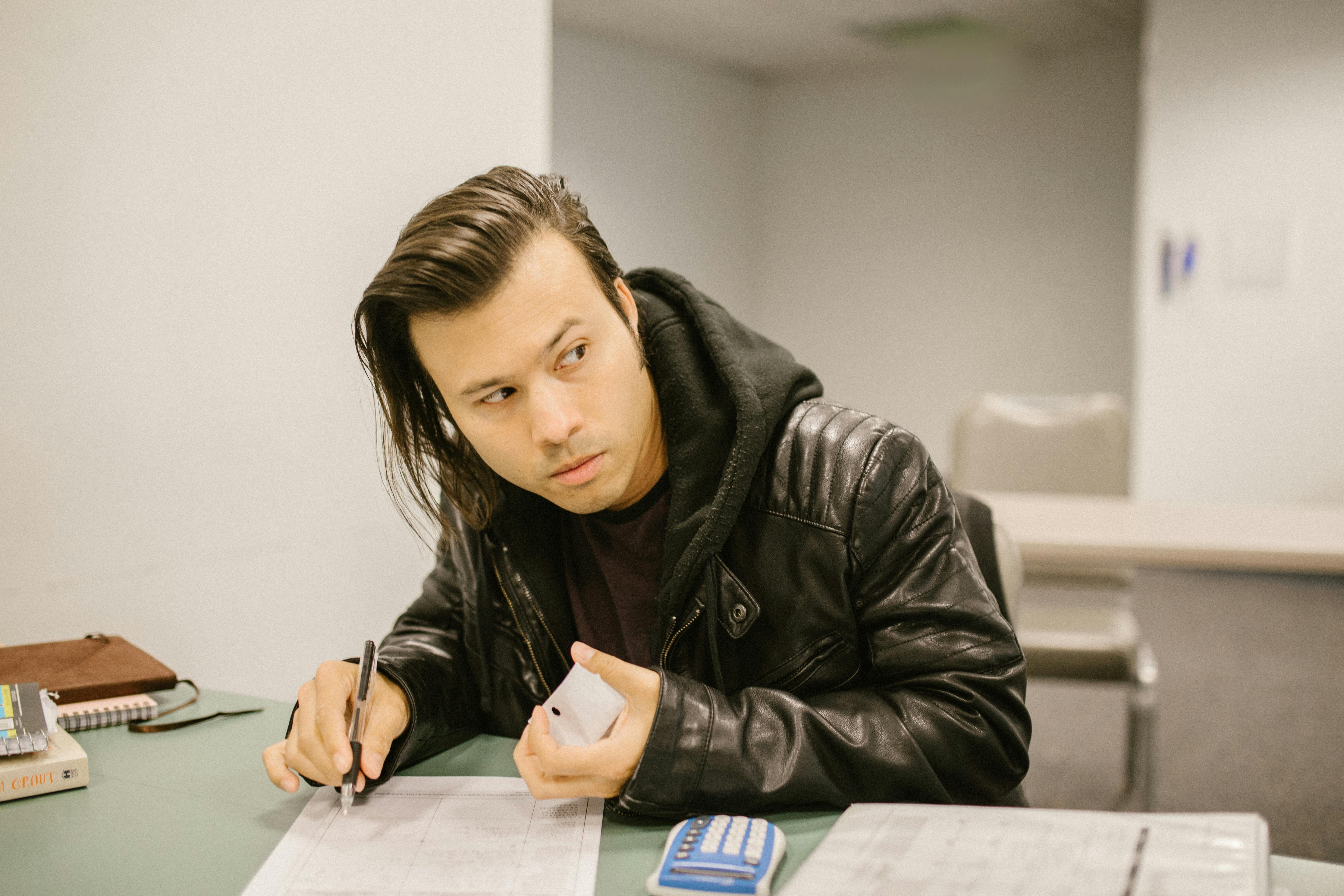
Essential Guide for Brewing Coffee in a Pot for Maximum Aroma
Are you looking to elevate your morning coffee routine? Brewing coffee in a pot allows for rich flavors and a delightful aroma that can transform your coffee experience. In this guide, we will explore effective ways to make coffee in a pot, focusing on the essentials such as coffee ratios, optimal water temperature, and brewing techniques. Whether you're a beginner or a passionate coffee lover, understanding how to make coffee the right way can unlock a wealth of possibilities.
We will cover the significance of different coffee beans, brewing methods, and customization options so that you can tailor each cup to your taste preferences. From choosing suitable coffee grounds to mastering the brewing time, this article is packed with tips to help you brew the perfect cup of coffee every time.
By the end, you'll have a solid understanding of coffee preparation essentials, including coffee pot instructions and methods for serving coffee that enhance enjoyment. Let's embark on this aromatic journey to perfect your coffee-making skills!
Understanding Coffee Preparation Essentials
Starting with the basics of coffee preparation ensures you have a solid foundation for brewing. Understanding the necessary equipment and ingredients is key to making delicious coffee. Begin with selecting a suitable coffee pot—whether it's a traditional stovetop pot, a drip coffee maker, or a pour-over setup—each will have its unique advantages and brewing characteristics.
Essential coffee tools include a quality coffee grinder, measuring tools, and fresh coffee beans. Coffee freshness plays an important role in flavor extraction; therefore, using freshly ground coffee will dramatically improve your brew. Most coffee enthusiasts recommend a burr grinder for a consistent grind size which helps maximize flavor.
The coffee-water ratio is another critical aspect of brewing. Typically, a ratio of 1:15 (for every gram of coffee, use 15 grams of water) yields a balanced flavor. However, personal preferences can dictate adjustments based on desired strength. Testing different ratios will help you discover what works best for your taste profile.
As you prepare your coffee, remember that water quality also affects the final taste. Using filtered water free from impurities can significantly enhance your brew. Paying attention to these details will lay the groundwork for a rich coffee experience.
With these basics established, let's explore the different brewing methods that can be applied using various types of coffee pots.
Types of Coffee Pots
There are numerous types of coffee pots, each offering distinct brewing methods. Understanding these will help you choose the best option for your preferences. One popular method is the traditional stovetop coffee maker, or Moka pot, which brews coffee by forcing boiling water through coffee grounds. This method creates a strong and concentrated style of coffee that can be enjoyed alone or with milk.
The drip coffee maker is another common household choice. It allows for larger quantities of coffee to be prepared simultaneously, making it great for gatherings. This method uses automatic heating elements to ensure optimal brewing temperatures. Also, consider using a pour-over coffee setup, which allows for more precise control over brewing time and water distribution, enhancing flavor extraction.
For a unique twist, exploring alternative methods such as cold brew or French press can yield different taste profiles. Cold brewing, for instance, involves steeping coffee grounds in cold water for an extended period, resulting in a smooth, less acidic cup of coffee that is incredibly refreshing served over ice.
Each coffee pot type can produce a wide range of flavors depending on the brewing method, so take time to adapt your approach and find what works for you.

Mastering Optimal Coffee Brewing Techniques
Once you are familiar with the different types of coffee pots, the next step is mastering brewing techniques. The right brewing methods can produce coffee with exceptional depth and character. This begins with understanding the brewing temperature, a critical factor in coffee extraction, as too hot water can burn the coffee and create bitterness, while water that’s too cool may fail to extract flavors adequately.
Many coffee enthusiasts recommend aiming for a brewing temperature between 195°F and 205°F (90°C to 96°C). Monitoring the brewing time is just as important—too short can lead to weak flavors, while too long can produce unpleasant bitterness. As a rule of thumb, most methods suggest a brewing time of 4-6 minutes for optimal results.
A common pitfall in coffee brewing is not measuring accurately. Utilizing a digital scale can help ensure you are using the right coffee-to-water ratio for consistency in taste. Adjusting the grind size can also modify the brewing time, where finer grounds require less steeping time, and coarser grounds require more.
Experimenting with coffee infusion techniques can also enhance your cup. Consider adding spices or infusions, such as cinnamon or vanilla, for a unique flavor profile. Customize your coffee according to your mood or occasion, embracing the creativity involved in coffee crafting.
After perfecting these techniques, it's worth exploring how flavors can be nuanced further through careful preparation and attention to detail.
Enhancing Your Coffee Flavor Profile
After mastering the fundamentals, exploring ways to enhance your coffee flavor can make a significant difference in your overall experience. Start by understanding the variety of coffee beans available. Different beans lend various flavor notes, from fruity and floral to nutty and chocolatey. Blending beans can be a fun experimentation process, combining different flavors to create your perfect cup.
When considering flavor optimization, think about the method of brewing and how it extracts specific notes. Stovetop espresso makers can produce a rich flavor profile, while French presses are excellent for developing a fuller body. Adjusting the brew time, grind size, and even the coffee aging process can drastically shift your coffee's taste.
Don't forget to embrace coffee presentation as part of the experience. The way coffee is served can influence enjoyment; consider using unique cups, frothing milk for that café-style feel, or even preparing flavored coffee for special occasions. This approach makes your coffee moments enjoyable and memorable.
Maintaining your coffee-making equipment is essential for protecting the integrity of the flavors, so ensure regular cleaning of your coffee pots and grinders to avoid residual flavors affecting new brews. With attention to detail and creativity, you can elevate your at-home coffee experience.

Practical Coffee Brewing Tips for Beginners
For those new to the coffee-making world, keeping it simple while gradually enhancing skills is the best approach. Start by measuring your coffee and water accurately, adhering to the recommended ratios to avoid improper brewing results. Using a kitchen scale can simplify this process.
When you brew your first pots, take notes on what worked and what didn’t—this includes making adjustments based on coffee strength preferences or flavor notes that stood out. Engaging with the coffee community online can provide additional insights and tips from seasoned enthusiasts.
Experimenting with different types of coffee beans can also enhance your learning journey. Try out different brewing methods to see which suits your taste best. Whether it's drip, pour-over, or French press, each method allows for unique brewing styles and results.
Consider the coffee grinding process as another area to focus on. Aiming for the right grind size directly impacts extraction and flavor. Finer grinds are great for espresso, while coarser grinds work well for cold brews. Understanding how grind size affects taste can significantly impact your coffee preferences.
Lastly, keep exploring various coffee preparation methods, and don't shy away from trying flavored or seasonal coffee mixes. The more you explore different techniques, the more confident you will become in your coffee brewing abilities.
Exploring Coffee Customization and Safety Tips
Customization is an exciting aspect of coffee making that can cater to individual tastes. Integrating flavors through syrups, spices, or alternative milk can create diverse coffee experiences. For those interested in creating coffee recipes, don't be afraid to experiment with creating your blends or trying new infusions. This makes the coffee-making process creative and fun.
However, safety should always be a priority while developing your coffee routine. Managing hot water and equipment safely is essential. Be cautious with boiling water when preparing your coffee to avoid burns or accidents. Ensure your workspace is organized, so that nothing gets in the way while pouring or handling hot liquids.
It's also vital to recognize the best practices for coffee storage to maintain freshness. Store beans in airtight containers away from sunlight to prevent staleness. Pay attention to the expiration dates while sourcing coffee, as using old coffee grounds can significantly reduce the quality of your brew.
Through customization and safety practices, building a robust morning coffee routine can not only delight your senses but also keep your experience enjoyable and worry-free. Now that you have a wealth of knowledge at your fingertips, let's address some common questions surrounding coffee making.
Q&A Section: Common Coffee Brewing Questions
1. What is the best coffee-to-water ratio?
The recommended coffee-to-water ratio is generally around 1:15, but this can be adjusted based on personal taste preferences.
2. How do I clean my coffee pot effectively?
Cleaning your coffee pot after each use with warm, soapy water is essential. For deeper cleaning, consider using a mixture of vinegar and water to descale any buildup.
3. Can I use tap water for brewing coffee?
While you can use tap water, it's advisable to use filtered water to enhance flavor. Clean water helps bring out the best in your coffee.
4. How long should I brew my coffee?
Brewing time varies by method, but generally 4-6 minutes is ideal for most coffee pots. Adjust according to taste.
5. How can I make my coffee stronger?
Utilizing more coffee grounds or adjusting the grind size to a finer texture can increase the strength of your brew.
With these answers and practical tips, you're well-equipped to begin your coffee exploration journey. Enjoy the aroma and flavors of your expertly brewed coffee!